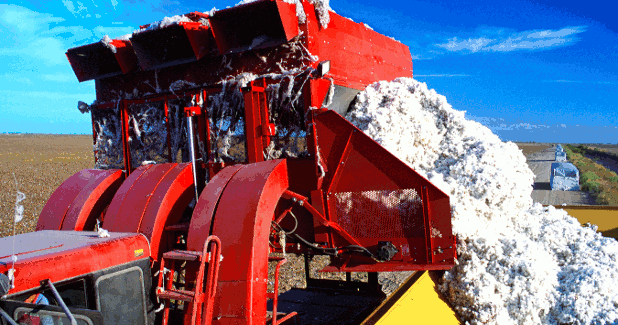
Uncertainty over cotton prices in 2017/18
In 2017-18, world cotton production is projected to increase by 8 per cent to 24.9 million tonne while the global cotton consumption is forecast to rise by 2 per cent to 25 million tonne.
In 2017-18, world cotton production is projected to increase by 8 per cent to 24.9 million tonne while the global cotton consumption is forecast to rise by 2 per cent to 25 million tonne.
The International Cotton Advisory Committee’s Secretariat has forecast that the A Index in 2017-18 will range between 54 cts/lb and 87 cts/lb with a midpoint of 69 cts/lb. The midpoint would be 13 cts/lb lower than in 2016/17. This follows the large increase of 12 cts/lb from 2015-16 to 2016-17, which suggests that such a drop is not unreasonable. However, the season-average A Index in 2016-17 ended up being much higher than the Secretariat initially forecast, and market fundamentals do not explain why this occurred. Given what happened in 2016-17, it is difficult to say whether the current forecast for 2017-18 will hold up well over the season.
In 2017-18, the world cotton production is projected to increase by 8 per cent to 24.9 million tonne due entirely to an 8 per cent expansion in world cotton area to 31.7 million hectares, which is below the 20-year average of 32.7 million hectares. The world average yield is forecast at 785 kg/ha. India is expected to remain the world’s largest producer in 2017-18 with output increasing by 6 per cent to 6.1 million tonne. After falling by 6 per cent in 2016-17, China’s production is projected to rebound by 7 per cent to 5.2 million tonne. Production in the US is expected to rise by 10 per cent to 4.1 million tonne as high prices, sufficient soil moisture in dryland areas and beneficial weather during planting encouraged farmers to expand cotton area by 18 per cent to 4.5 million hectares. After two seasons of contraction, better expected returns for cotton encouraged farmers to expand cotton area in Pakistan by 9 per cent to 2.7 million hectares. Assuming the average yield rises by 8 per cent to 717 kg/ha, Pakistan’s production is projected to increase by 17 per cent to 2 million tonne, which is similar to its 15-year average. Cotton production in Brazil is forecast to increase by 5 per cent to 1.6 million tonne as high returns in 2016-17, resulting partially from a 17 per cent increase in the average yield, are likely to encourage farmers to expand cotton area.
World cotton consumption in 2017-18 is forecast to rise by 2 per cent to 25 million tonne. A modest 1 per cent increase is projected for China, the world’s largest cotton consumer, with its mill use reaching 8.1 million tonne in 2017-18. After declining by 3 per cent in 2016-17, consumption in India is forecast to increase by 2 per cent to 5.3 million tonne in 2017-18. Pakistan’s mill use is expected to rise by 4 per cent to 2.2 million tonne, which follows a 13 per cent decrease in mill use in 2015-16 and stagnation in 2016-17. Consumption in Bangladesh is projected to rise by 5 per cent to 1.5 million tonne due to strong demand domestically and internationally, and Turkey’s mill use is expected to remain stable at 1.5 million tonne.
World cotton trade is projected to decline by 1 per cent to 7.8 million tonne. While the US is expected to remain the world’s largest exporter, its exports are nevertheless forecast to decrease by 8 per cent to 2.9 million tonne. India’s exports are forecast to rise by 2 per cent to 9,30,000 tonne, and Australia’s exports are projected to increase by 8 per cent to 7,60,000 tonne. Bangladesh, Vietnam and China are expected to remain the world’s three largest importers. Bangladesh’s imports are projected to increase by 7 per cent to 1.5 million tonne, Vietnam’s by 5 per cent to 1.3 million tonne, and China by 4 per cent to 1.1 million tonne.
World ending stocks are projected to decrease by 1 per cent to 18.8 million tonne in 2017-18, with increases outside of China offset by decreases in China’s stocks. China’s stocks are expected to decline by 16 per cent to 8.9 million tonne. Ending stocks outside of China are forecast to grow by 19 per cent to 9.8 million tonne.




